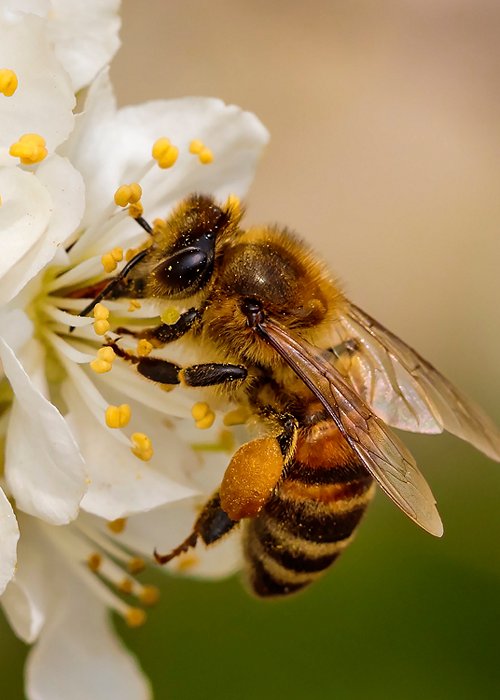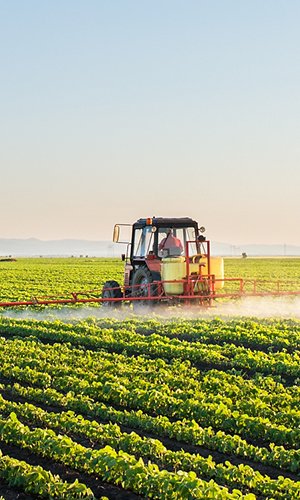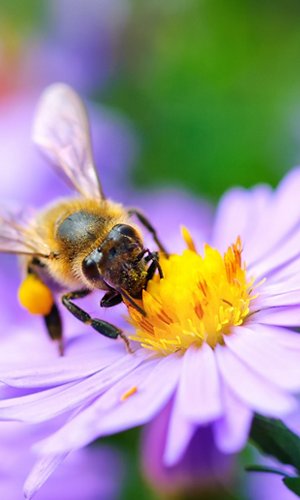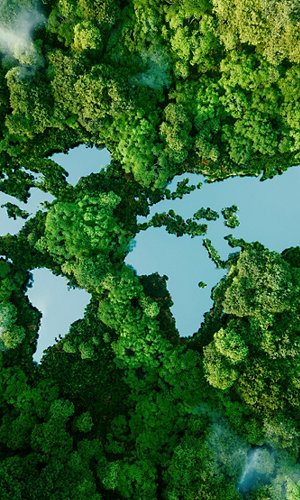Times are not so good for pollinating insects such as bumblebees, butterflies, wild bees, wasps, moths and hoverflies. These insects, which are gradually disappearing from meadows, have been brought to our attention by WWF: over the past 30 years, Europe has lost over 70% of its flying insect biomass, not only the rarest but also the most common species, on which the fundamental ecosystem service of pollination depends. In addition, 40% of wild bees, butterflies, hoverflies and beetles are threatened with extinction globally.
Human activities, such as pesticide use, land consumption, impoverishment of agricultural landscapes, pollution, climate change and the spread of pests and diseases through the introduction of new invasive alien species are the main causes and pose the greatest threat to these insects. The resulting damage is enormous, since two thirds of the fruit and vegetables we eat every day depend on pollination.
With the ReNature campaign, WWF Italy has launched a challenge to regenerate this pillar of biodiversity by implementing widespread actions both in the agricultural sphere through, for example, the creation of biodiversity protection trails in agro-ecosystems, and in WWF Oases, creating habitats adapted to pollinators. From north to south there are 15 WWF Oases where pollinators find nectar and dedicated shelters (called BeeHotels). The project has involved numerous local bodies and institutions, but above all many volunteers who helped to position the nests to encourage the proliferation of the insects and collect the data needed for research. Other results of the project will be promotion of virtuous agricultural practices, such as crop rotation and the creation of meadows with nectar-producting flowers.
For more details: Pollination, a perfect alliance between plants and animals




